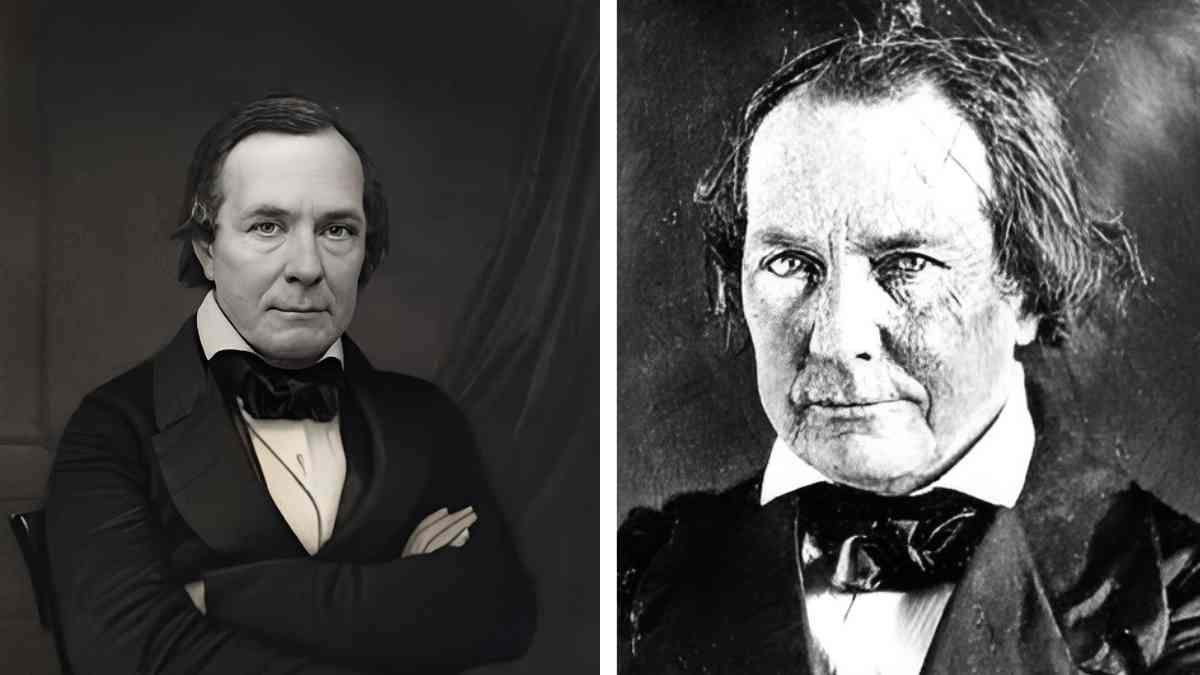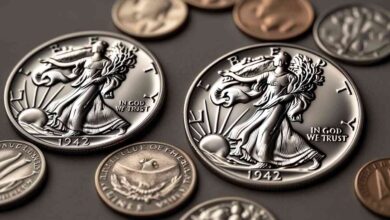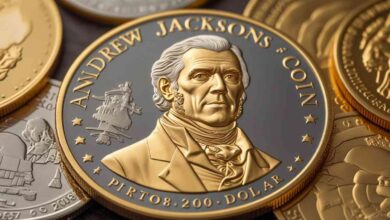Mirabeau Lamar: The Visionary Leader Who Shaped Texas’ Future
A Leader of Bold Vision and Determination

Mirabeau Buonaparte Lamar remains one of the most significant figures in Texas history. As the second President of the Republic of Texas, he played a crucial role in shaping the state’s policies, advocating for public education, and pursuing military expansion. Unlike his predecessor, Sam Houston, who supported peaceful relations with Native American tribes and annexation to the United States, Lamar pursued a different vision—one that sought an independent and self-reliant Texas.
From his early life to his political career and personal pursuits, Lamar’s journey was marked by ambition, intellect, and a passion for the arts. This article delves into his age, family, political impact, net worth, lifestyle, and legacy, offering a complete insight into the man who left an indelible mark on Texas history.
Early Life and Background
Born on August 16, 1798, in Louisville, Georgia, Mirabeau Lamar grew up in a well-educated family. He was one of several siblings, including his brother Lucius Lamar, who also pursued a career in public service. Raised with strong values of education and leadership, Lamar displayed an early talent for literature, poetry, and politics.
His father, John Lamar, was a respected planter, while his mother, Rebecca Lamar, nurtured his interest in reading and intellectual pursuits. Despite his literary inclination, Lamar sought a career in business and politics, eventually moving to Texas in 1835, where his life took a dramatic turn.
Entry into Texas and Military Service
Lamar arrived in Texas at a time of rising tensions between settlers and the Mexican government. He quickly aligned himself with the cause of Texan independence, joining the fight against Mexico. During the Battle of San Jacinto in 1836, Lamar showcased remarkable bravery, earning recognition from military and political leaders alike. His heroism led to his appointment as Texas’ first Secretary of War.
His growing influence propelled him to the position of Vice President of the Republic of Texas in 1836 under Sam Houston. However, Lamar’s vision for Texas significantly differed from Houston’s, setting the stage for his presidency.
Presidency and Policies (1838–1841)
In 1838, Mirabeau Lamar was elected as the second President of the Republic of Texas, succeeding Sam Houston. His tenure was marked by ambitious policies that shaped the young republic’s future.
1. Expansion and Native American Policies
Lamar believed in an aggressive expansionist policy and saw Native American tribes as obstacles to Texas’ development. Unlike Houston, who sought peaceful negotiations, Lamar launched military campaigns to remove Native tribes, leading to conflicts such as:
- Cherokee War (1839): Lamar ordered the expulsion of Cherokee tribes from Texas, culminating in the Battle of Neches.
- Council House Fight (1840): A failed peace negotiation with the Comanche resulted in violence, worsening relations.
These policies, while controversial, aligned with his vision of a Texas dominated by Anglo settlers, expanding further into the West.
2. Public Education Reforms
One of Lamar’s greatest contributions was his commitment to public education. He strongly believed that Texas needed an educated population to sustain independence and economic growth.
- He set aside land for public schools and universities, laying the foundation for the Texas education system.
- Due to his efforts, he earned the title “Father of Texas Education.”
The creation of The University of Texas decades later can be traced back to Lamar’s policies.
3. Opposition to Annexation by the United States
While Sam Houston favored Texas joining the United States, Lamar wanted Texas to remain an independent nation. He believed that Texas could grow into a powerful republic with strong international trade relations, particularly with Britain and France.
However, his administration struggled with financial difficulties and mounting debt, making annexation increasingly appealing to many Texans.
Later Years and Diplomatic Role
After leaving office in 1841, Lamar remained active in Texas politics. He served in the Mexican-American War (1846–1848), further proving his dedication to Texas’ interests.
Later, he was appointed U.S. Minister to Nicaragua and Costa Rica in 1858, reflecting his continued influence in international affairs. However, his health began to decline, and he returned to Richmond, Texas, where he passed away on December 19, 1859, at the age of 61.
Personal Life and Interests
Outside politics, Mirabeau Lamar had a deep passion for poetry, writing, and philosophy. He published numerous poems reflecting his thoughts on love, patriotism, and destiny. Unlike many of his contemporaries, Lamar had a sophisticated and artistic side, which added a unique dimension to his legacy.
Family and Relationships
Lamar married Tabitha Jordan in 1826, but she tragically passed away in 1830, leaving him heartbroken. He never remarried, instead dedicating his life to Texas and his literary pursuits.
Net Worth and Financial Standing
Lamar was not particularly wealthy, especially compared to other political figures of his time. His presidency saw Texas accumulate significant debt, and he did not amass a fortune during his lifetime. His lifestyle was moderate, focusing more on his public service and intellectual contributions rather than personal wealth.
Legacy and Impact on Texas
Mirabeau Lamar’s impact on Texas is undeniable. His presidency set the stage for:
- The Texas public school system
- Expansion of Texas territory
- Stronger military presence
Despite his controversial policies regarding Native Americans and annexation, he is celebrated as a visionary leader who helped lay the foundations for Texas’ future. Today, cities, schools, and landmarks in Texas bear his name, honoring his contributions to the Lone Star State.
Conclusion
Mirabeau Lamar was a leader of bold ideas and lasting influence. His dedication to education, expansion, and independence shaped the course of Texas history. While his presidency was marked by conflict and financial struggles, his vision for Texas remains deeply embedded in its identity.
As the “Father of Texas Education,” his contributions continue to impact generations of Texans, ensuring that his name and legacy live on.
Discover more about the legacy of Mirabeau Lamar and how his vision shaped Texas’ future!
FAQs About Mirabeau Lamar
1. What was Mirabeau Lamar known for?
Mirabeau Lamar was known as the second President of the Republic of Texas and the “Father of Texas Education” for his contributions to public schooling.
2. What were Mirabeau Lamar’s policies on Native Americans?
Unlike Sam Houston, Lamar pursued aggressive military campaigns to remove Native American tribes from Texas, leading to several conflicts.
3. Did Mirabeau Lamar support Texas joining the United States?
No, he opposed annexation and wanted Texas to remain an independent nation with strong international trade relations.
4. How did Mirabeau Lamar contribute to Texas education?
He set aside public land for schools and universities, laying the foundation for the Texas education system.
5. What was Mirabeau Lamar’s biggest challenge as President?
His administration faced severe financial struggles, with rising debt making it difficult to sustain his ambitious policies.



